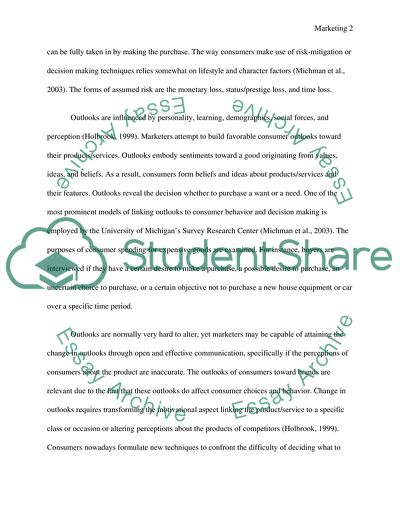Cite this document
(“Analysis Of Buying Decision And Consumer Behavior Research Paper”, n.d.)
Analysis Of Buying Decision And Consumer Behavior Research Paper. Retrieved from https://studentshare.org/marketing/1578553-analysis-of-buying-decision-and-consumer-behavior
Analysis Of Buying Decision And Consumer Behavior Research Paper. Retrieved from https://studentshare.org/marketing/1578553-analysis-of-buying-decision-and-consumer-behavior
(Analysis Of Buying Decision And Consumer Behavior Research Paper)
Analysis Of Buying Decision And Consumer Behavior Research Paper. https://studentshare.org/marketing/1578553-analysis-of-buying-decision-and-consumer-behavior.
Analysis Of Buying Decision And Consumer Behavior Research Paper. https://studentshare.org/marketing/1578553-analysis-of-buying-decision-and-consumer-behavior.
“Analysis Of Buying Decision And Consumer Behavior Research Paper”, n.d. https://studentshare.org/marketing/1578553-analysis-of-buying-decision-and-consumer-behavior.


